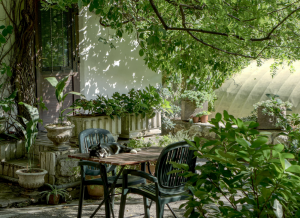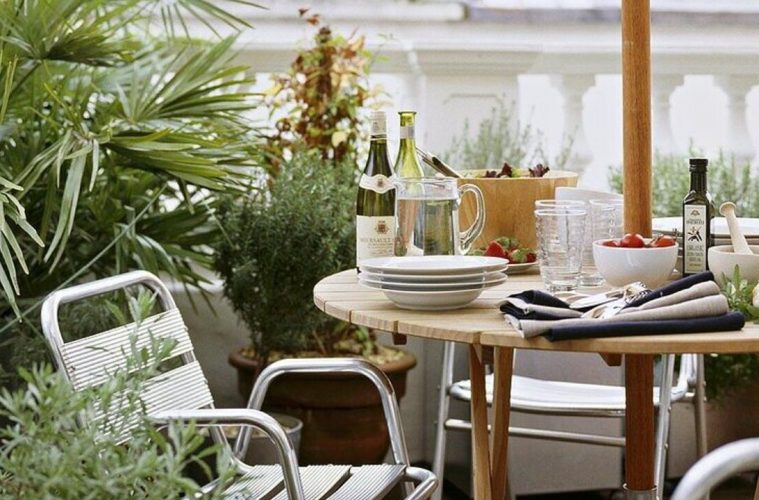As the year feels like it speeds up and the holidays roll around, it’s a time to come together – and slow down together, too. Ar the heart of the slow living philosophy is a return to a more mindful way of everyday living. It’s about living better, not faster, and it’s an approach to take with you into all facets of life.
The concept was set in motion by Italian Carlo Petrini in the 1980s under the banner of the Slow Food rebellion. Initially, against fast food consumerism, it has since grown into a broader movement. The movement advocates for a change in perspective, habits and our approach to the way in which we interact with the world, proving itself to be much more than a trend.
Slow Living And Wellbeing

Aaron Burden, Unsplash
Living slow has a multitude of benefits that go deeper than just the aesthetically attuned, Kinfolk-inspired life. Stripping your world back to what brings you joy, what aligns with your value systems, and what truly benefits you and the planet is like a balm for the soul and mind. There’s an immense reward in finding a patch of sun to enjoy your favourite book, in swapping the hours spent scrolling social media for ones spent crafting something out of clay or in taking the time to reconnect with nature.
Our sense of balance as 21st-century individuals is under attack and slow living offers the equilibrium and fulfilment that so many of us need. You’ll reap the mental and physical rewards by taking time out, being mindful, pausing in your busy workday, and slowing down to enjoy life’s pleasures.
Slow living has branched off into facets like slow travel, slow fashion, slow parenting, slow fitness (flipping the HIIT script – it’s mindful workouts and training for longevity), slow design, slow gardening and more, revealing the rising need for us to take stock and connect in all facets of life.
Slow Living Outside

Robin Wersich on Unsplash
Outdoors, the concept advocates for a stronger connection to nature, simplifying our gardening processes and working with the seasons instead of against them. Slow gardening or slow growing focuses on year-round enjoyment of the garden rather than overnight landscaping and instant results. It endorses growing your own produce and actually enjoying the process too. The reward of thriving plants sown or potted months ago in preparation for spring or summer is all the richer.
It’s also about low-key garden maintenance, like that patch of lawn that doesn’t get enough sun or requires awkward mowing. The slow gardener would simply replace it with gravel or ground cover. And those beds that require your constant attention and money to look good? If they aren’t bringing you joy, replace them with indigenous wildflowers and grasses.
The great news is that there’s no such thing as a picture-perfect garden in the slow-living world – change is inevitable, and the real reward is nurturing our gardens and the connection to nature that this awakens.
Slow living is by no means restricted to the garden or the lounge; it’s equally applicable to your patio or veranda. This in-between space connects the two divides and represents an opportunity to enjoy the outdoors without being fully exposed to the elements. Here in South Africa, it’s one of our greatest assets, and we’re just coming into alfresco dining season, where balmy dinners and lazy lunches outdoors trump any indoor meal.
Written by Mila Crewe-Brown
Feature image via LIVING4MEDIA
READ MORE: 7 WAYS TO CREATE A MORE MINDFUL HOME


